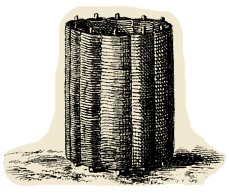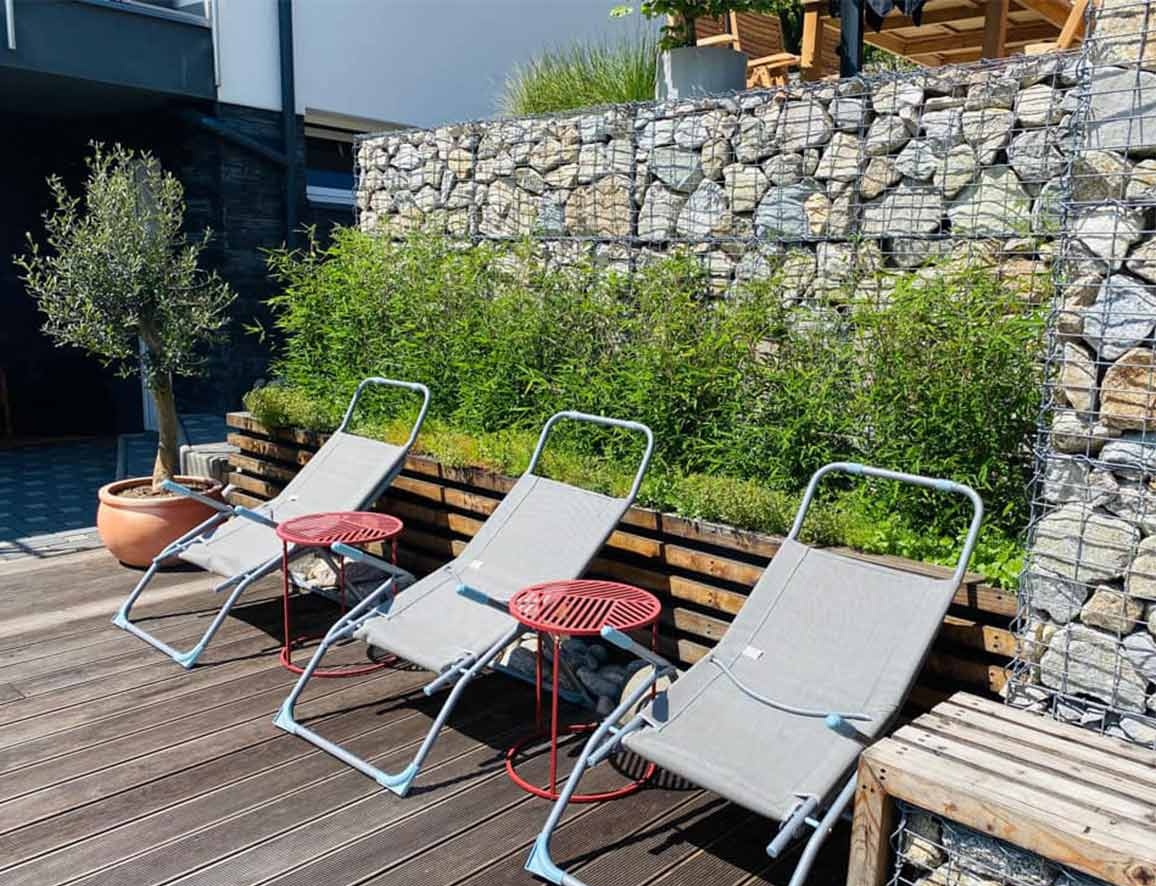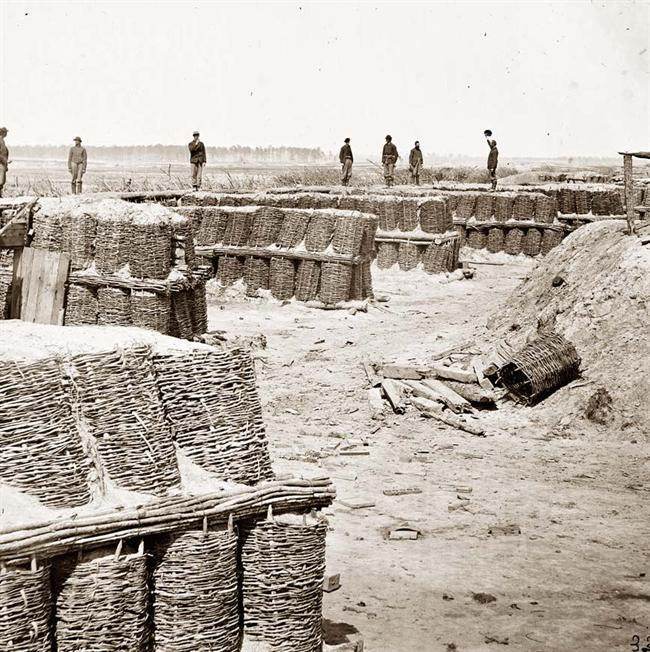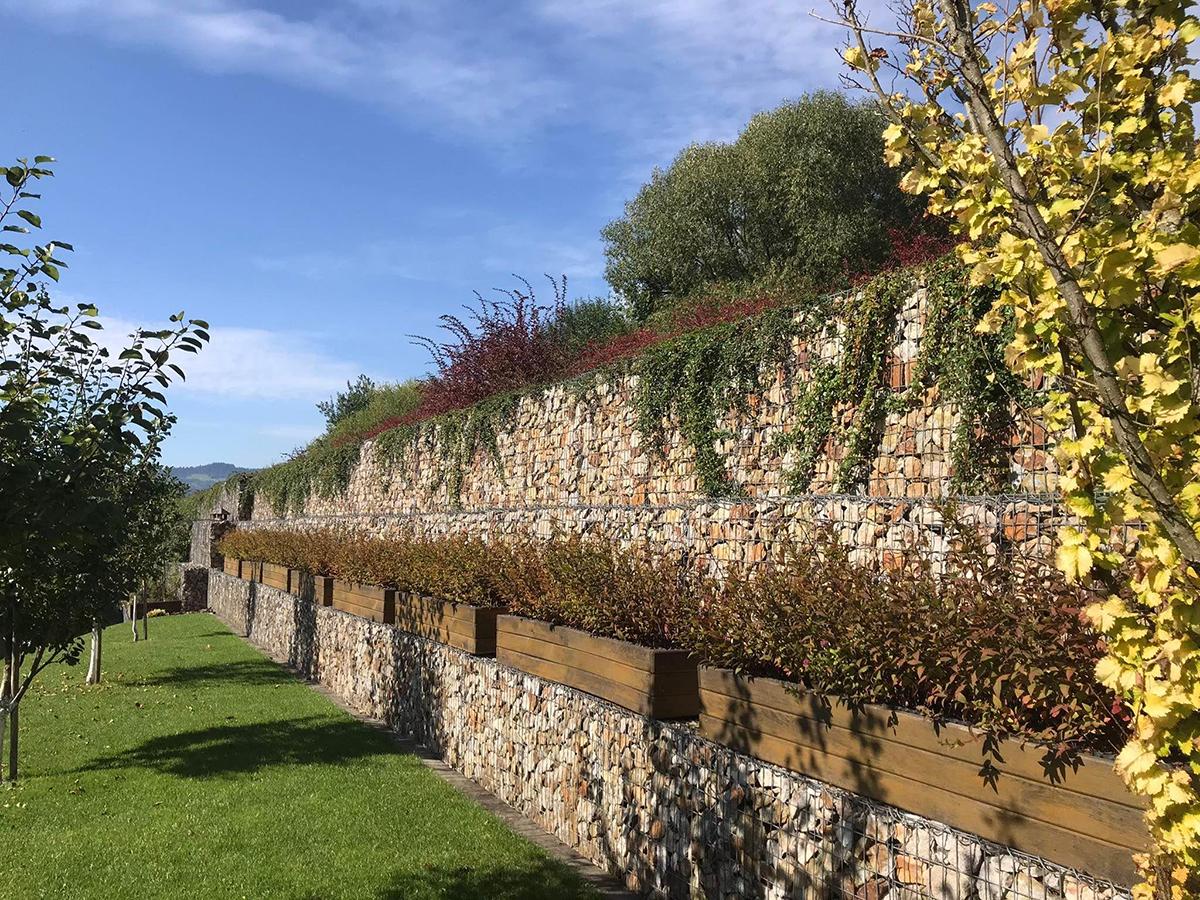Historical development of gabions: From traditional use to modern trends
Gabions, this ancient construction carries with it a rich history and a fascinating development. Since their inception, these stone filling baskets have become a key element in engineering projects around the world. In this article, we will examine the historical context and trace the evolution of gabions from their traditional use to their modern trends.Gabions have their roots in ancient Rome, where they were used as an effective military defense. These stone baskets were originally created from wicker and then filled with stones, creating solid barriers that provided protection from attack and improved the effectiveness of defensive walls.
Over time, gabions became a popular engineering solution not only for military purposes, but also for stabilizing the banks of rivers and streams. Their ability to resist erosion and provide a strong structure has made them an indispensable element in various construction projects.


In the Middle Ages and the Renaissance, the development of gabions continued, which were used in the siege of castles and fortresses. Their structure and use were perfected, so they became an integral part of the military architecture of the time.
With the invention of gunpowder and new technologies in warfare, the need for more effective means of defense increased. Gabions became an important element in the construction of earthworks and protective walls, creating stable barriers against fire and other hazards.
In the 18th and 19th centuries, gabions became part of fortress architecture. They were used to create various features, including roadblocks and protective walls. Their ability to adapt to the terrain and quickly create stable structures enabled their effective use in various construction projects.
In the picture to the right, we can see that in the Battle of Fort Stedman during the American Civil War, the fort was surrounded by gabion baskets, which served as an excellent defense for the soldiers.


At the beginning of the 20th century, gabions went through certain changes. Their use has also expanded beyond the military and defense context. They have become an invaluable tool in engineering projects such as slope stabilization, streambank protection and other environmental applications.
Currently, gabions are still an important building material. Their adaptable nature and ability to install easily make them a popular choice not only for professional engineers, but also for homeowners. Modern gabions often combine traditional stone filling with durable steel baskets, which ensures long life and high resistance to weathering.
With the growing demand for aesthetically appealing construction solutions, gabions have also become a design element in modern gardens and public spaces. Their ability to combine functionality with visual appeal makes them ideal for a variety of projects, including city parks, public squares and private gardens.
Today, when choosing gabions for modern projects, emphasis is placed not only on their technical properties, but also on their ability to fit into the surrounding environment and contribute to the overall aesthetics of the given place.

The historical development of gabions testifies to their universality and constant adaptation to the changing needs of society. From their traditional use in defense and construction, they have become a modern and aesthetic element in architecture. Thus, gabions not only remind us of a rich history, but also symbolize the connection of the past and the present in the field of construction and engineering.
As an integral part of our landscapes and cities, gabions provide us with not only a solid structure, but also a glimpse into the innovation and creativity that shapes our environment. Today, these stone baskets remind us that even simple structures can hide a rich history and potential for the future.

